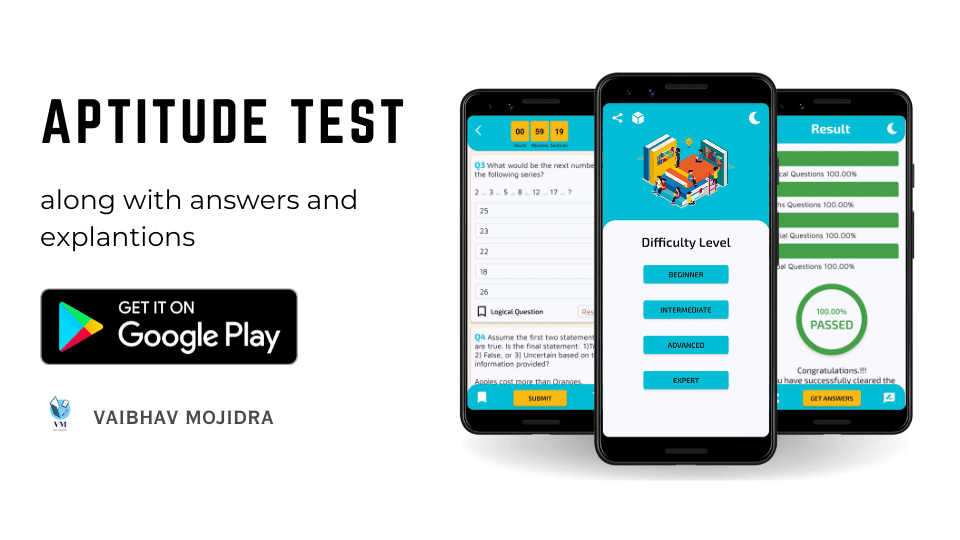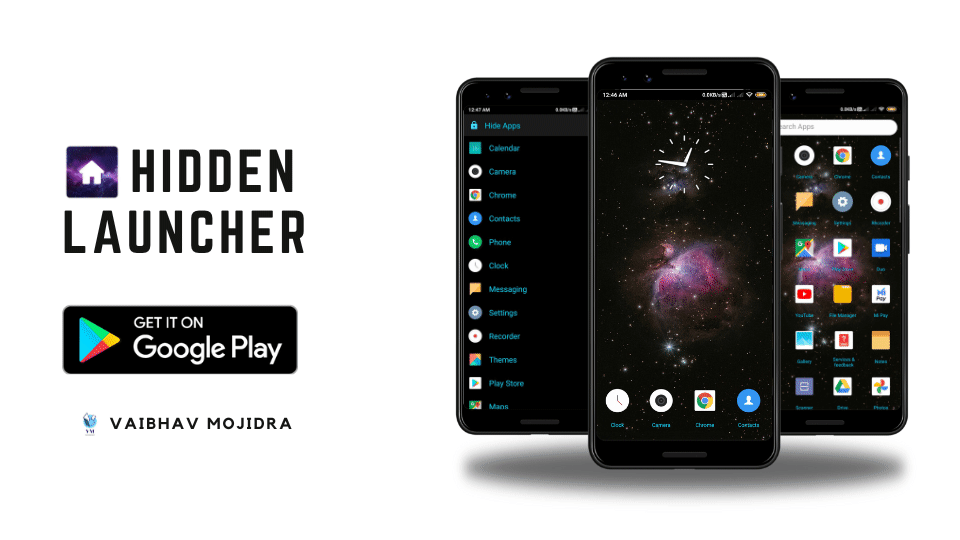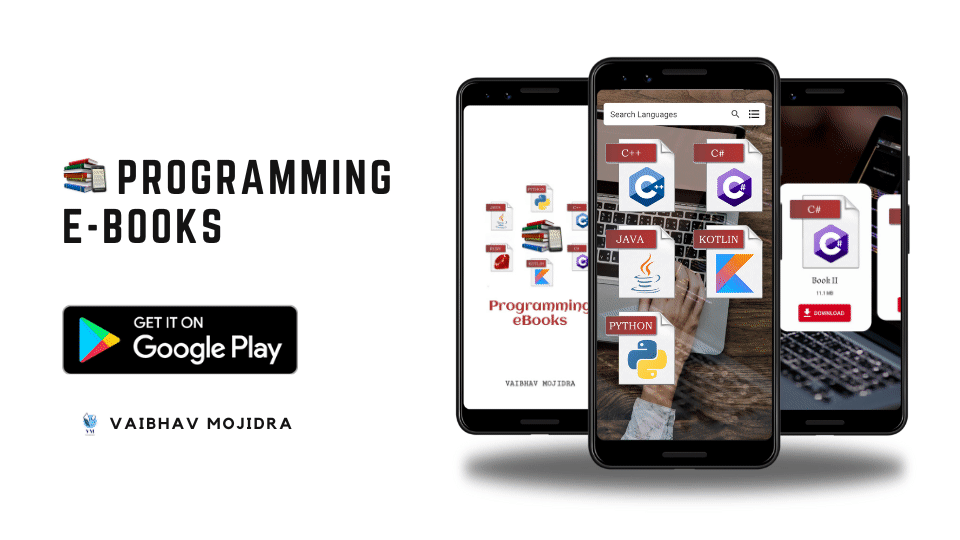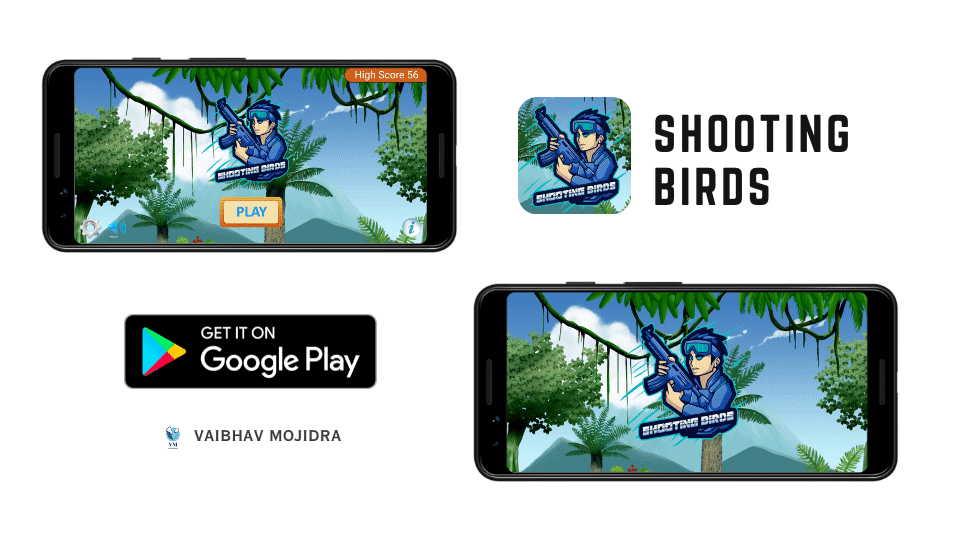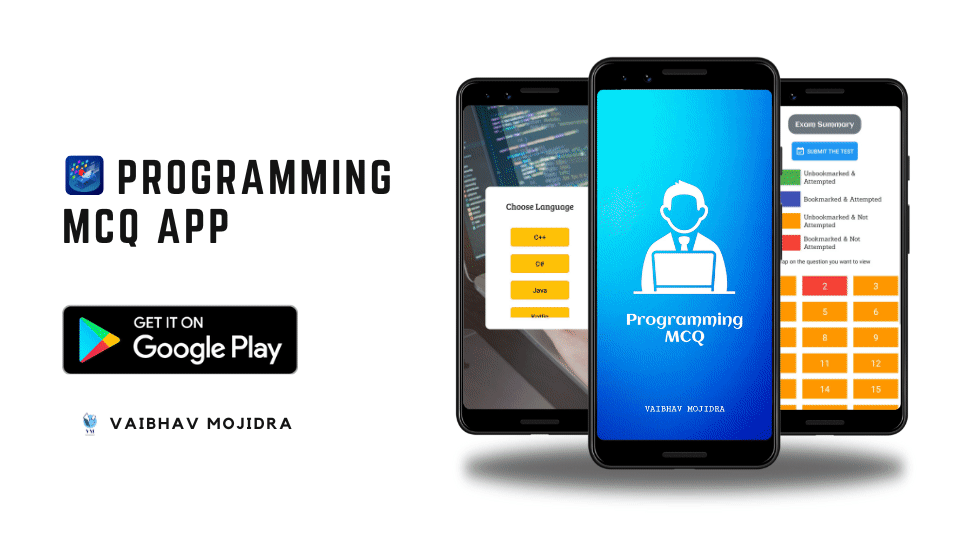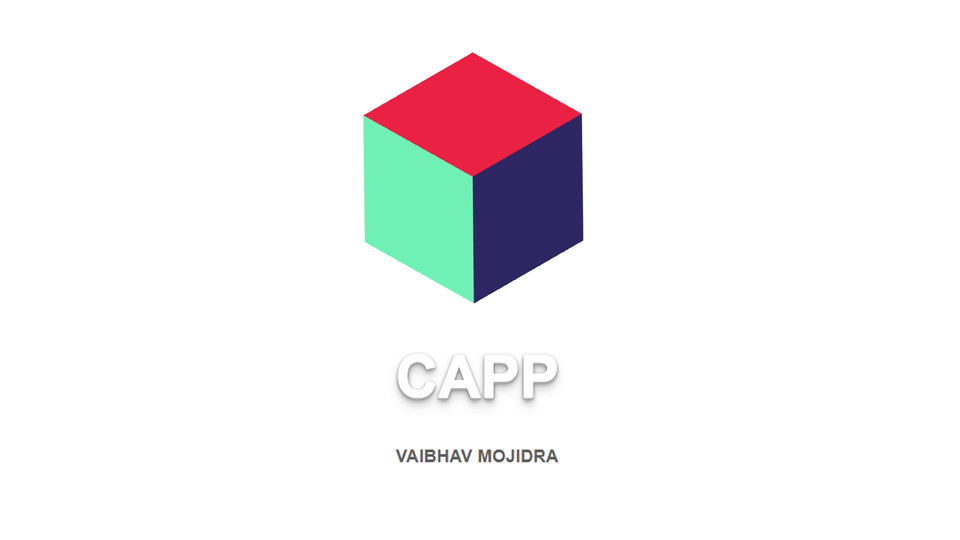Vaibhav Mojidra's Projects
Calculator Using Kotlin - Android Application without operational logic we have use eval function to make it work for heavy calculations.
Quick Chat - Android Chatting Application using Firebase Real time database
Dagger 2 is a dependency injection framework for Java and Android applications. It provides various ways to perform dependency injection, and one of the methods is constructor injection. Constructor injection is a technique where dependencies are provided to a class through its constructor.
Field injection is one of the approaches offered by Dagger 2 to inject dependencies into an object. It allows you to inject dependencies directly into fields of a class without the need for explicit constructor or method injection.
In Dagger 2, interface injection refers to the process of injecting dependencies into an interface rather than a concrete class. While interface injection is not the primary approach in Dagger 2 (constructor or field injection is typically used), it can be achieved with the help of the @Binds annotation.
In Dagger 2, a module is a class annotated with @module that provides a set of dependencies to the dependency injection framework. Modules define methods annotated with @provides to specify how to create instances of certain classes or interfaces.
In Dagger 2, you can use the @Singleton annotation to mark a component or a provided dependency as a singleton. The @Singleton annotation ensures that only one instance of the annotated class is created and shared across the application.
Modules in Dagger 2 are used to encapsulate the creation and binding of dependencies. They can include @provides methods that specify how to create instances of certain types. Modules can also have dependencies on other modules, which allows for composition and reuse of dependencies.
In Dagger 2, the Application class is often used to define and provide shared components across the application. The Application class acts as a global context for your Android application and is created before any other component or object in your app.
LiveData is an observable data holder class provided by the Android Architecture Components, while data binding is a feature that allows you to bind UI components directly to data sources.
Data binding is a feature in Android that allows developers to bind UI components to data sources in a declarative manner. It eliminates the need for boilerplate code to manually retrieve data from data sources and set it to UI components.
Navigation is a framework for navigating between 'destinations' within an Android application that provides a consistent API whether destinations are implemented as Fragments, Activities, or other components.
RecyclerView makes it easy to efficiently display large sets of data. You supply the data and define how each item looks, and the RecyclerView library dynamically creates the elements when they're needed.When an item scrolls off the screen, RecyclerView doesn't destroy its view.Instead, it reuses the view for new items that have scrolled onscreen.
Retrofit is type-safe HTTP client for Android and Java by Square, Inc. It is an open source library which simplifies HTTP communication by turning remote APIs into declarative, type-safe interfaces. It makes it relatively easy to retrieve and upload JSON (or other structured data) via a REST based webservice.
The Room persistence library provides an abstraction layer over SQLite to allow fluent database access while harnessing the full power of SQLite.
In Android, the Data Binding Library is a support library that allows you to bind UI components in your layouts to data sources in your app using a declarative format rather than programmatically.
Android View Binding is a feature introduced by Google in Android Studio 3.6 that simplifies the process of accessing views in your Android app's layout files. It generates a binding class for each XML layout file, allowing you to access and manipulate views directly using the generated binding class.
In Android, the Model-View-ViewModel (MVVM) architecture is a commonly used design pattern for building user interfaces. The ViewModel component of MVVM provides a way to manage and store data that is displayed in the user interface.
The Data Binding Library is a support library that allows you to bind UI components in your layouts to data sources in your app using a declarative format rather than programmatically.
Using a ViewModel Factory can be helpful when you need to provide additional parameters to the ViewModel that cannot be easily obtained from the default ViewModel constructor, such as a database instance or a network service.
In a work manager system, chaining workers one after another means executing a series of tasks or workers sequentially, where each worker depends on the completion of the previous worker. This ensures that the workers are executed in a specific order and that the output of one worker is passed as input to the next worker in the chain.
In a work manager system, chaining workers in parallel means executing multiple workers simultaneously, without waiting for the completion of each worker before starting the next one. This approach can improve performance and efficiency by utilizing available resources and processing tasks concurrently.
In Android, the Work Manager API provides a way to schedule and execute background tasks in a flexible and efficient manner. One type of task that you can schedule with Work Manager is a one-time work request.
A PeriodicWorkRequest is a specific type of work request in WorkManager that allows you to schedule a task to be repeated at fixed intervals. It's useful for executing tasks that need to occur periodically, such as syncing data with a server or performing regular maintenance tasks.
Dagger 2 walks through the dependency graph and generates code that is both easy to understand and trace, while also saving you from writing a large amount of boilerplate code you would normally need to write by hand to obtain references and pass them to other objects as dependencies.
Dagger 2 is one of dependency injection framework in Android that can provide us dependencies in a particular class. It’s probably the most used dependency injection framework in Android development.
Dagger 2 is one of dependency injection framework in Android that can provide us dependencies in a particular class. It’s probably the most used dependency injection framework in Android development.
Dagger 2 is one of dependency injection framework in Android that can provide us dependencies in a particular class. It’s probably the most used dependency injection framework in Android development.
Dagger 2 is one of dependency injection framework in Android that can provide us dependencies in a particular class. It’s probably the most used dependency injection framework in Android development. Singleton annotation can be put in other component and as long as the component alive the singleton annotated object will alive as well.
Dagger 2 is one of dependency injection framework in Android that can provide us dependencies in a particular class. It’s probably the most used dependency injection framework in Android development.
